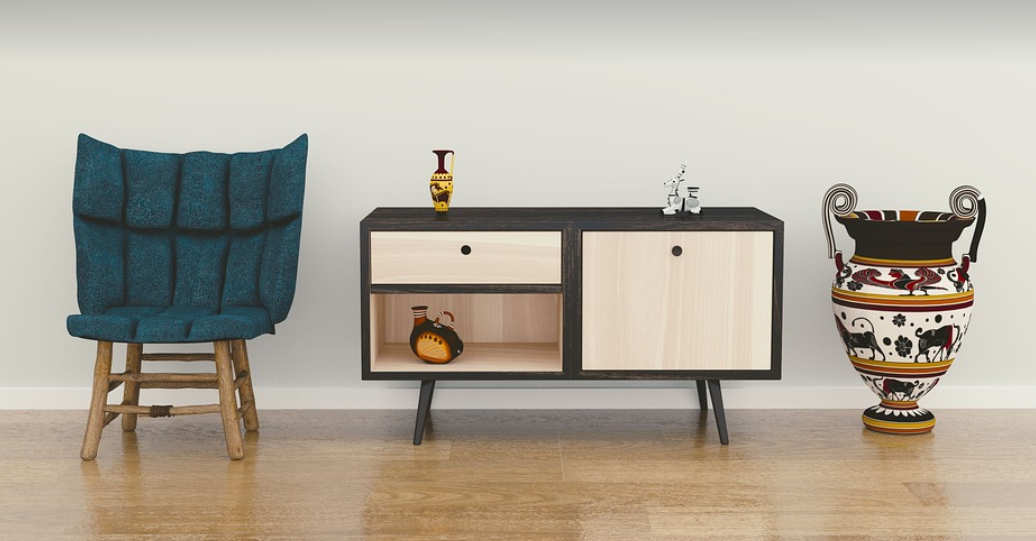The Allure of Bone Handles
Ever held a knife in your hand, its smooth, cool feel contrasting the warmth of your palm? There’s something uniquely special about a knife with bone handles. It’s not just about the practicality, but also about the story carried on those natural, organic pieces of history and craftsmanship.
Knife handles have evolved over millennia, mirroring the changing needs and aesthetics of humanity. From simple wood and metal to intricately carved ivory and animal bone, each material tells a unique tale of resourcefulness and artistic skill. Bone handles, in particular, hold an interesting place in the world of knives, offering both practical durability and striking visual appeal.
The use of bone handles dates back centuries, often chosen for their strength, lightness, and natural beauty. They were used by indigenous cultures around the globe, from ancient Native American tribes to nomadic Mongolian horse handlers. The animal bones, like deer antlers or elk tails, became not just tools but also extensions of their identity.
But what makes bone handles so captivating? It’s a combination of factors. Firstly, their versatility allows for diverse knife designs – from sturdy hunting knives to delicate carving tools. Secondly, the natural variation in bone color and texture adds individuality to each piece. One might find ivory-toned handles with subtle grain patterns, while others boast bold colors or intricate markings.
Bone handles offer a tactile connection to our past. When you hold one, you’re not just interacting with a tool; you’re connecting with the history and culture of those who wielded it before you. It feels like touching an ancient lineage of craftsmanship passed down through generations.
Beyond aesthetics, bone handles offer a level of comfort rarely found in metal-handled knives. The smooth contour of bone fits perfectly into your hand, promoting natural grip and control. Moreover, the unique properties of bone, such as its flexibility and resilience, allow for a unique feel against your hands.
The Craftsman’s Pride: Handcrafting Bone Handles
The creation of bone handled knives is a testament to the enduring art of craftsmanship. It’s not just about using materials; it involves a deep understanding of wood and bone, their properties, and how they can be manipulated into functional pieces.
The process begins with selecting the right bone. It’s more than just finding an aesthetically pleasing piece – it requires expertise to assess its strength, flexibility, and potential for use. Bone is often sourced from ethically managed sources, ensuring sustainability while honoring animal traditions.
Next comes the meticulous preparation. Bones undergo a rigorous cleaning process, removing dirt, debris, and any remaining flesh or tendons. Then, bone-smoothing techniques are employed to create a smooth surface for crafting a handle that feels comfortable in the hand. This might involve grinding, sanding, and shaping.
The true art of a bone-handled knife lies in the final touches. The bone is then finished with specialized tools or heat treatment methods to enhance its strength and durability while retaining its natural beauty. Each step requires patience and precision, culminating in the creation of a tool that’s both beautiful and functional.
The entire process is an intimate dance between tradition and innovation. A master knifemaker might use traditional techniques passed down through generations, but they also integrate modern tools to optimize efficiency. The result? Knives with handles that are not just aesthetically pleasing but also incredibly durable.
Bone Handles: From Traditional Craft to Modern Designs
Modern craftsmanship has seen a resurgence of interest in bone-handled knives, blending traditional techniques with contemporary aesthetics. The demand for unique and high-quality tools has spurred innovation, leading to exciting designs. From intricate engravings and hand-tooled patterns to modern minimalist styles, the possibilities are endless.
Today’s bone handle knives cater to a wide range of interests. For hunters and outdoorsmen, they offer reliable and durable tools for their expeditions. For collectors or those who appreciate traditional aesthetics, these knives serve as heirlooms passed down through generations. They are also popular among passionate cooks and chefs looking for distinctive kitchen knives.
The use of bone handles in modern knife designs is a testament to the enduring appeal of natural materials. It’s a reminder that beauty can be found in simplicity, strength in functionality, and history in heritage. As we move forward into an age of technology and automation, it’s important to remember the enduring power of handcrafted tools and their unique connection to our past.
Bone-handled knives are more than just objects – they’re stories waiting to be told. They represent craftsmanship, resilience, and a deep respect for nature.




